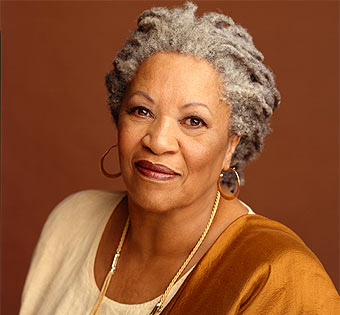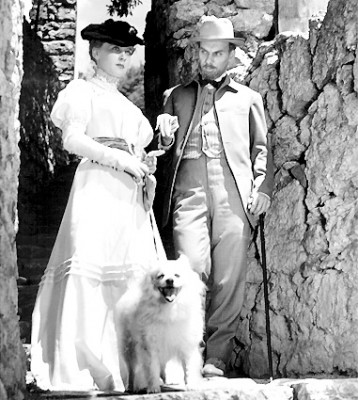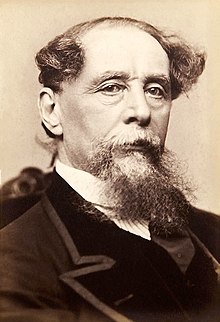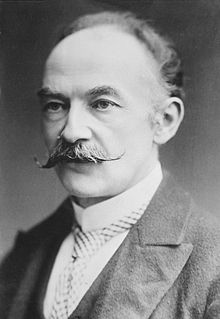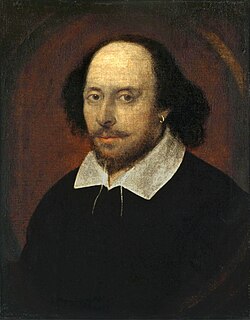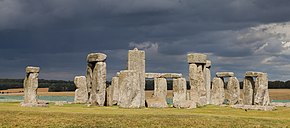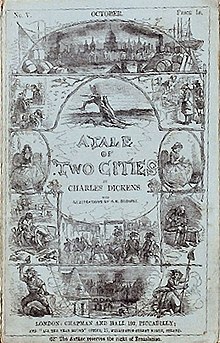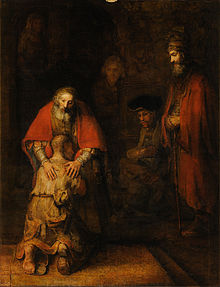
Yasunari Kawabata (川端 康成 , 11 June 1899 – 16 April 1972) was a Japanese novelist and short story writer whose spare, lyrical, subtly-shaded prose works won him the Nobel Prize for Literature in 1968, the first Japanese author to receive the award. His works have enjoyed broad international appeal and are still widely read.
2.The Bluest Eye is a 1970 novel by American author Toni Morrison. It is Morrison's first novel. The story is about a year in the life of a young black girl named Pecola who develops an inferiority complex due to her eye color and skin appearance. It is set in Lorain, Ohio, against the backdrop of America's Midwest during the years following the Great Depression. The point of view switches between the perspective of Claudia MacTeer, as a child and as an adult, and a third-person omniscient viewpoint. Because of the controversial nature of the book, which deals with racism, incest, and child molestation, there have been numerous attempts to ban it from schools and libraries
Toni Morrison (born Chloe Ardelia Wofford,February 18, 1931) is an American novelist, editor, and Professor Emeritus at Princeton University. Her novels are known for their epic themes, vivid dialogue, and richly detailed characters.
Morrison won the Pulitzer Prize and the American Book Award in 1988 for Beloved. Morrison was awarded the Nobel Prize in Literature in 1993. In 1996, the National Endowment for the Humanities selected her for the Jefferson Lecture, the U.S. federal government's highest honor for achievement in the humanities. She was also honored with the 1996 National Book Foundation's Medal of Distinguished Contribution to American Letters. Morrison was commissioned to write the libretto for a new opera, Margaret Garner, first performed in 2005. On May 29, 2012, Morrison received the Presidential Medal of Freedom.
3.The Great Gatsby is a 1925 novel written by American author F. Scott Fitzgerald that follows a cast of characters living in the fictional town of West Egg on prosperous Long Island in the summer of 1922. The story primarily concerns the young and mysterious millionaire Jay Gatsby and his quixotic passion and obsession for the beautiful former debutante Daisy Buchanan. Considered to be Fitzgerald's magnum opus, The Great Gatsby explores themes of decadence, idealism, resistance to change, social upheaval, and excess, creating a portrait of the Jazz Age or the Roaring Twenties that has been described as a cautionary tale regarding the American Dream.


Francis Scott Key Fitzgerald (September 24, 1896 – December 21, 1940) was an American novelist and short story writer, whose works are the paradigmatic writings of the Jazz Age. He is widely regarded as one of the greatest American writers of the 20th century. Fitzgerald is considered a member of the "Lost Generation" of the 1920s. Fitzgerald also wrote numerous short stories, many of which treat themes of youth and promise, and age and despair.
4.To Kill a Mockingbird is a novel by Harper Lee published in 1960. It was immediately successful, winning the Pulitzer Prize, and has become a classic of modern American literature. The plot and characters are loosely based on the author's observations of her family and neighbors, as well as on an event that occurred near her hometown in 1936, when she was 10 years old.

The novel is renowned for its warmth and humor, despite dealing with the serious issues of rape and racial inequality. The narrator's father, Atticus Finch, has served as a moral hero for many readers and as a model of integrity for lawyers. One critic explains the novel's impact by writing, "In the twentieth century, To Kill a Mockingbird is probably the most widely read book dealing with race in America, and its protagonist, Atticus Finch, the most enduring fictional image of racial heroism
As a Southern Gothic novel and a Bildungsroman, the primary themes of To Kill a Mockingbird involve racial injustice and the destruction of innocence. Scholars have noted that Lee also addresses issues of class, courage, compassion, and gender roles in the American Deep South. The book is widely taught in schools in the United States with lessons that emphasize tolerance and decry prejudice. Despite its themes, To Kill a Mockingbird has been subject to campaigns for removal from public classrooms, often challenged for its use of racial epithets.

style
The strongest element of style noted by critics and reviewers is Lee's talent for narration, which in an early review in Time was called "tactile brilliance".Writing a decade later, another scholar noted, "Harper Lee has a remarkable gift of story-telling. Her art is visual, and with cinematographic fluidity and subtlety we see a scene melting into another scene without jolts of transition."Lee combines the narrator's voice of a child observing her surroundings with a grown woman's reflecting on her childhood, using the ambiguity of this voice combined with the narrative technique of flashback to play intricately with perspectives.
This narrative method allows Lee to tell a "delightfully deceptive" story that mixes the simplicity of childhood observation with adult situations complicated by hidden motivations and unquestioned tradition. However, at times the blending causes reviewers to question Scout's preternatural vocabulary and depth of understanding.Both Harding LeMay and the novelist and literary critic Granville Hicks expressed doubt that children as sheltered as Scout and Jem could understand the complexities and horrors involved in the trial for Tom Robinson's life.
Writing about Lee's style and use of humor in a tragic story, scholar Jacqueline Tavernier-Courbin states: "Laughter ... the gangrene under the beautiful surface but also by demeaning it; one can hardly ... be controlled by what one is able to laugh at." Scout's precocious observations about her neighbors and behavior inspire National Endowment of the Arts director David Kipen to call her "hysterically funny".To address complex issues, however, Tavernier-Courbin notes that Lee uses parody, satire, and irony effectively by using a child's perspective.

Nelle Harper Lee (April 28, 1926 – February 19, 2016), better known by her pen name Harper Lee, was an American novelist widely known for To Kill a Mockingbird, published in 1960. Immediately successful, it won the 1961 Pulitzer Prize and has become a classic of modern American literature. Though Lee had only published this single book, in 2007 she was awarded the Presidential Medal of Freedom for her contribution to literature.Additionally, Lee received numerous honorary degrees, though she declined to speak on those occasions.
The plot and characters of To Kill a Mockingbird are loosely based on Lee's observations of her family and neighbors, as well as an event that occurred near her hometown in 1936, when she was 10 years old. The novel deals with the irrationality of adult attitudes towards race and class in the Deep South of the 1930s, as depicted through the eyes of two children. The novel was inspired by racist attitudes in her hometown of Monroeville, Alabama
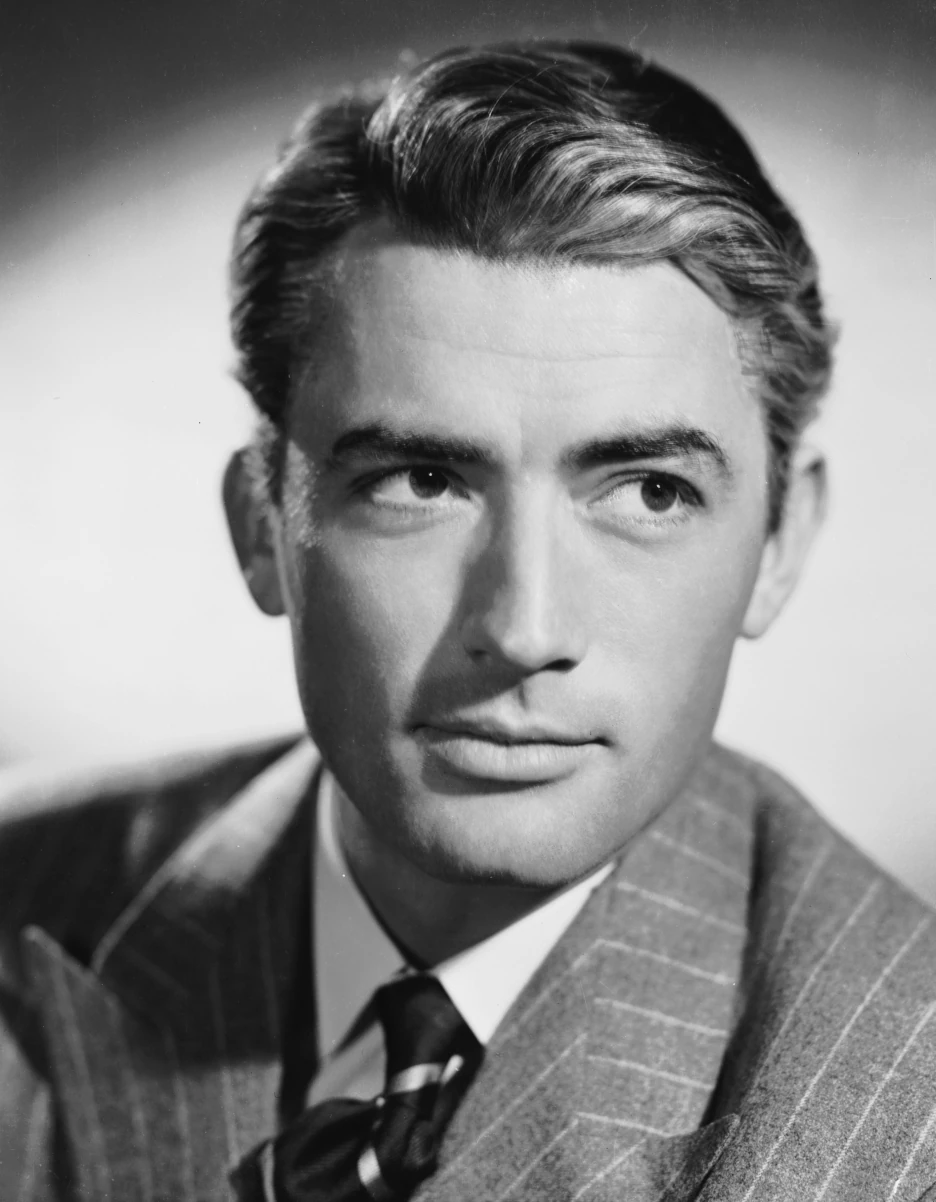
Eldred Gregory Peck (April 5, 1916 – June 12, 2003) was an American actor who was one of the most popular film stars from the 1940s to the 1960s. Peck continued to play major film roles until the late 1970s. His performance as Atticus Finch in the 1962 film To Kill a Mockingbird earned him the Academy Award for Best Actor
Quote
"Remember it’s a sin to kill a mockingbird.” That was the only time I ever heard Atticus say it was a sin to do something, and I asked Miss Maudie about it.
“Your father’s right,” she said. “Mockingbirds don’t do one thing but make music for us to enjoy . . . but sing their hearts out for us. That’s why it’s a sin to kill a mockingbird.”
These lines from Chapter 10 are the source of the novel’s title and introduce one of the key metaphors of the book: the idea of “mockingbirds” as good, innocent people who are destroyed by evil. Boo Radley, for instance, is like a mockingbird—just as mockingbirds do not harm people but only “sing their hearts out for us,” Boo does not harm anyone; instead, he leaves Jem and Scout presents, covers Scout with a blanket during the fire, and eventually saves the children from Bob Ewell. Despite the pureness of his heart, however, Boo has been damaged by an abusive father. The connection between songbirds and innocents is made explicitly several times in the book: in Chapter 25, Mr. Underwood likens Tom Robinson’s death to “the senseless slaughter of songbirds by hunters and children”;The moral imperative to protect the vulnerable governs Atticus’s decision to take Tom’s case, just as it leads Jem to protect the roly-poly bug from Scout’s hand.
5.Theme-the fundamental often universal idea explored in a literary work.
Motifs-the recurring structures contrast literary device the help develop inform next 's mejor themes.
Symbol-object, characters,figures and order used to represent abstract ideas or concepts.
6.Barack Obama's November 7, 2007, speech on the "American Dream"
http://edition.cnn.com/2007/POLITICS/12/21/obama.trans.americandream/

Barack Obama is an American politician serving as the 44th President of the United States, and the first African American to hold the office. Born in Honolulu, Hawaii, Obama is a graduate of Columbia University and Harvard Law School, where he served as president of the Harvard Law Review. He was a community organizer in Chicago before earning his law degree. He worked as a civil rights attorney and taught constitutional law at University of Chicago Law School between 1992 and 2004.

7.Dramatic Irony in Oedipus The King
One example of dramatic irony comes when the old soothsayer visits the King. Oedipus ridicules the man because he's blind, and Tiresias in a fit of anger tells the king that though he can see he is "blind" to the truth. When Oedipus becomes blind, he finally realizes the truth of the man's words. Irony is also to be found in the fact that it is the blind man who truly sees.
Vocabulary
1.ann- prefix means"year"For example-annuity,annual,anniversary
2.gen, gene-prefix means "born, produce"
For example-generation, genesis,genius
3.cardio-prefix means "heart"
For example-cardiovasular,cardiology,cardiograph
4.vague-prefix means"clear"
For example-vaguely
